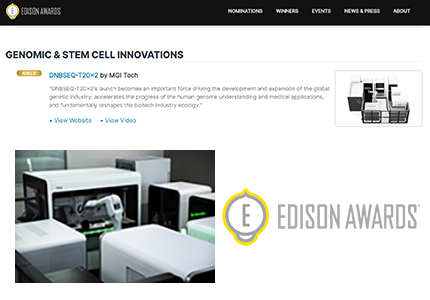Dr. Peters has served as Senior Director of Research at Complete Genomics since 2008. In his current role, he leads a team of scientists in the development of library methods for diploid de novo assembly to enable perfect genome sequencing. During his tenure with the company he has held multiple positions of increasing responsibility, and has developed and patented many technologies, including methods for sequencing, haplotyping, and assembly of genomic DNA. Prior to joining Complete Genomics, Dr. Peters was an Associate Scientist at Genentech, where he was a key member of the sequencing effort for Genentech’s Cancer Genome Project. Dr. Peters held a post-doctoral position in cancer genetics and received his doctorate in Pharmacology and Molecular Sciences from Johns Hopkins University School of Medicine. He has a Bachelor of Science degree in Biochemistry from the University of Washington. Dr. Peters is an author on over 30 peer reviewed journal articles, an inventor on numerous patents, and a recipient of several grants globally.
Can you tell us more about yourself and what's your work at Complete Genomics?
Brock: I've worked on co-barcoding method development and the application of these methods for the entirety of my time at Complete Genomics. This includes developing the protocol for the original 384 barcode LFR process as a scientist and overseeing the development of intermediate processes based on thousands of barcodes as well as the current stLFR process which uses 3.6 billion different barcodes. I was also involved in the some of the work on single cell RNA sequencing methods.
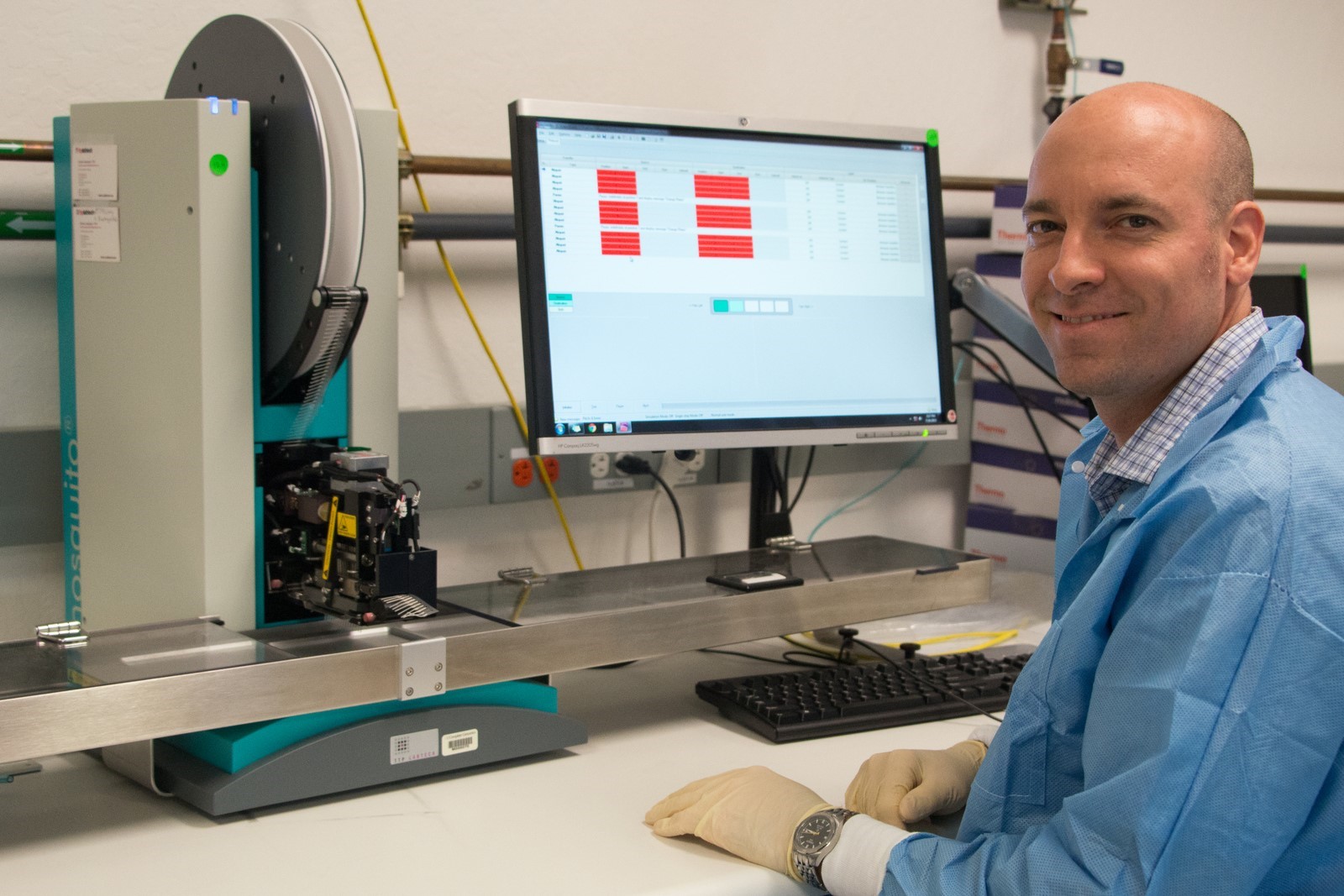
Can you describe what a typical day or daily routine would be like when you at work?
Brock: I spend a lot of time speaking with different members of my team, analyzing data and designing experiments. We also have quite a few ongoing projects with collaborators that I work on and I spend a fair amount of time thinking about new methods we can develop.
What first inspired your interest in genomic sequencing? Was there a specific moment when you realized this was your calling?
Brock: I was in grad school in the early 2000s, Sanger sequencing was really the only option for sequencing. The Human Genome Project had just published their first draft. 96 and 384 channel capillary sequencers were now available and so targeted sequencing of genes in cancer samples was beginning and we were able to map short sequence tags from mRNA molecules onto the genome to locate expressed genes. 454 sequencing had just been released as I left grad school and I had talked with my friends about how to start a company sequencing the entire coding regions of cancer samples. It was still a huge challenge on Sanger and 454 wasn't good enough yet. We ended up going our separate ways and never started a company. At Genentech, I continued working on this targeted sequencing approach, but it was never very satisfying as we had to decide what genes we thought might be important (candidate approach), it was extremely slow, and the data analysis was tedious (quite a bit of looking at individual chromatograms). I met Rade when he came to Genentech pitching his startup (Complete Genomics) to us for investment and scientific collaboration. It was clear to me then that this was the answer. We could sequence many whole human genomes and do it quickly and cheaply. I left Genentech shortly after that and joined Complete Genomics.
You spent more than 15 years at Complete Genomics from the beginning. Can you tell us why did you join Complete Genomics at the first place and what attracts you the most to stay with it?
Brock: I stay mostly because I like the technology we develop, I like the collaborations we get involved in, and I like working with Rade.
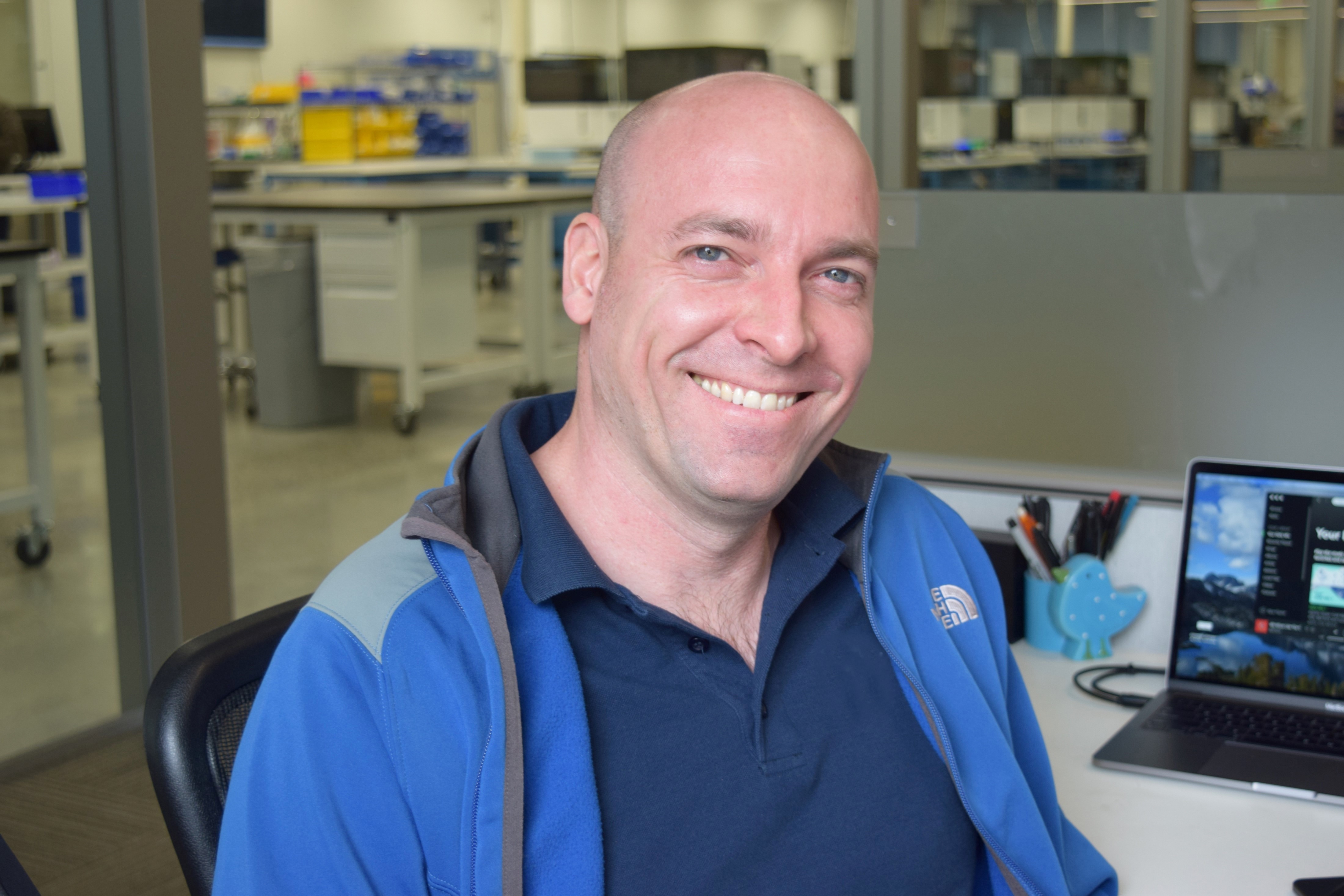
You have witnessed almost every important moments of Complete Genomics, for instance the moment we invented CoolMPS and stLFR, and the moment we started providing commercial sequencers in the US. What moment impressed you the most or you were most proud of? Would you briefly recall how you felt at that time?
Brock: Two moments for me: The sequencing of our first whole human genome, this happened a few months after I joined and had little to do with me, but we were on the cutting edge at that time as we did it for a cost of around 10,000 USD. At the time it was probably over 100,000 USD to do the same thing on other instruments. It felt like we had really achieved something monumental, and things were about to really change (which they did). The second was publishing my work on stLFR in Nature in 2012. At the time, it represented my best and most important work as a scientist. It is still the most prestigious journal I have ever published work in as a first or corresponding author.
What do you think are the most significant advances Complete Genomics's technologies can bring to biological research and to people's lives?
Brock: I think we are getting close to the point at which we can sequence to near perfection a human genome for a cost of around 100 dollars. This will be a fully phased (the order of variations as they exist on each copy of every chromosome properly placed), near error free genome, with any novel (in comparison to the reference) sequences completely assembled. At this price it will be affordable to many (ideally everyone in the world at some point). Then it becomes a problem of interpretation. The rapid pace of artificial intelligence and the better collection of medical records will enable extensive and accurate interpretation of each individual's genome. That will be the baseline, the starting point, certain recommendations can be made regarding diet and medications. But throughout life we will continue sequencing different parts of the body, be it your gut microbiome, your blood to detect cancer or perhaps other diseases while they are still easily treatable, and there will probably be many more applications. I expect there will be many aspects of this technology that will touch our lives in ways we can't predict now.
About MGI
MGI Tech Co., Ltd. (or its affiliates, "MGI"), headquartered in Shenzhen, is committed to building core tools and technology to lead life science through intelligent innovation. Based on its proprietary technology, MGI focuses on research & development, production, and sales of sequencing instruments**, reagents*, and related products to support life science research, agriculture, precision medicine and healthcare. MGI's mission is to develop and promote advanced life science tools for future healthcare. As of December 31, 2022, MGI has more than 2,800 employees, and 36% of whom are R&D personnel. Founded in 2016, MGI operates in more than 90 countries and regions, serving more than 2,000 customers. For more information, please visit the MGI website or connect on Twitter, LinkedIn or YouTube.



 Sequencer Products
Sequencer Products
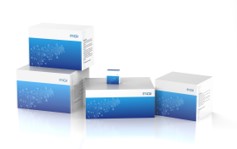



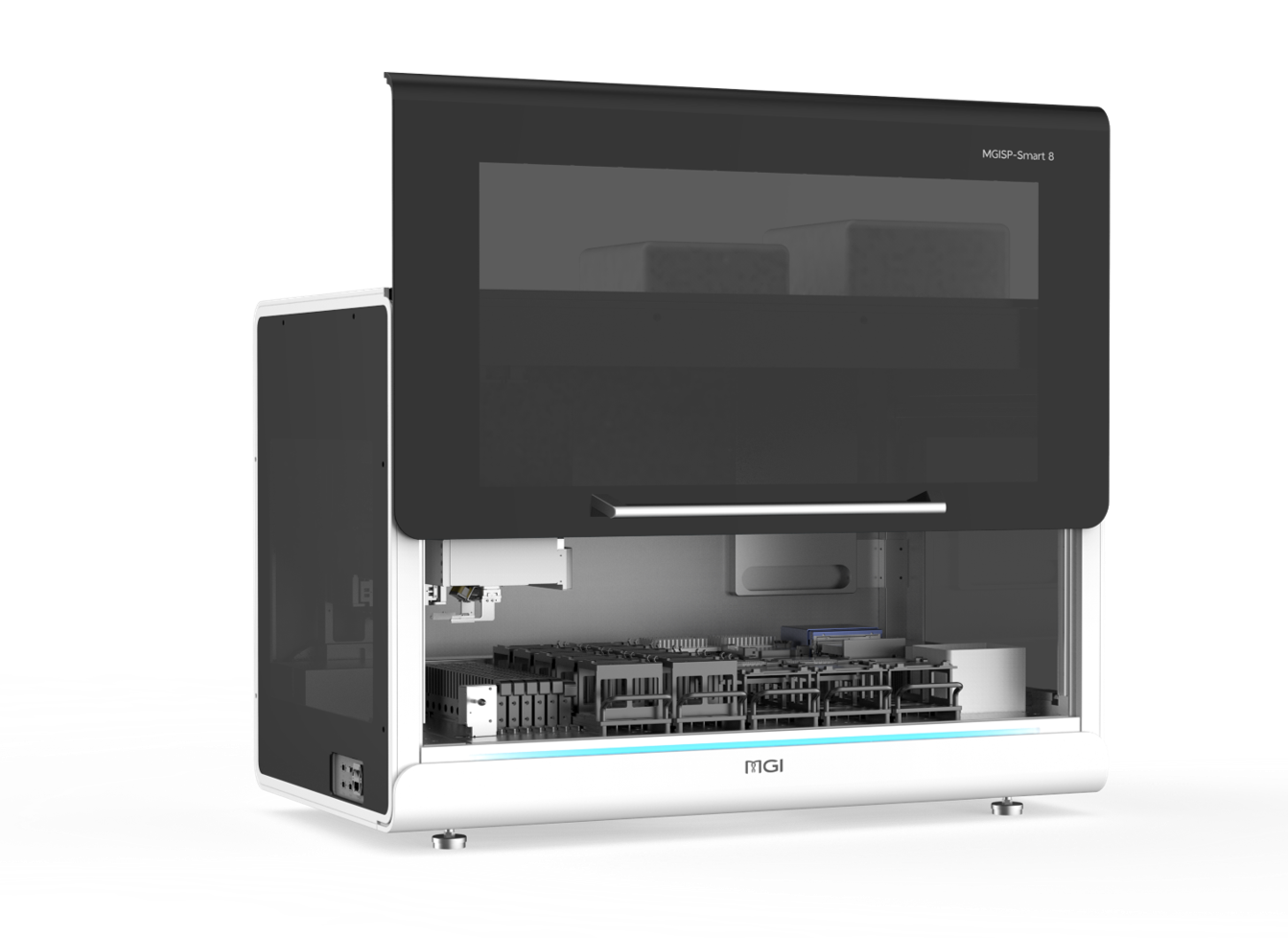
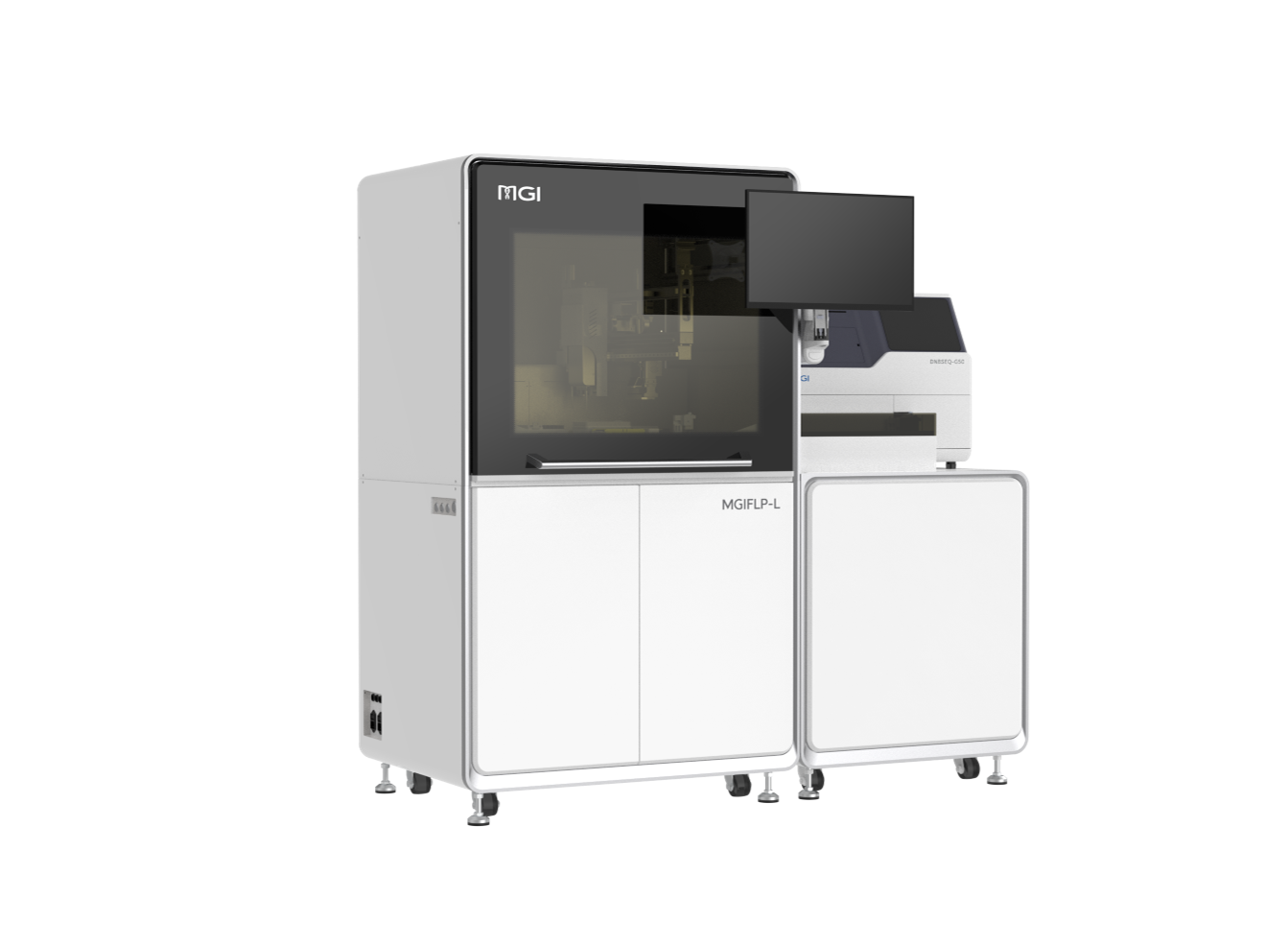
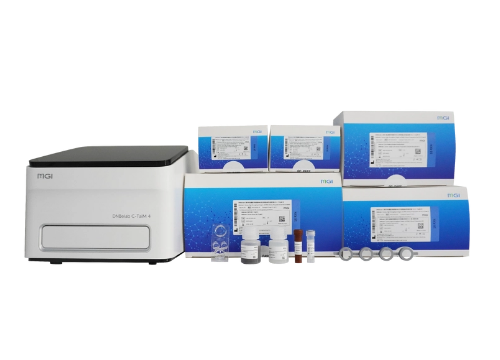


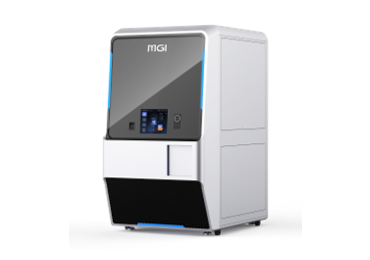
 Technologies
Technologies Popular Applications
Popular Applications Research Applications
Research Applications Documents
Documents  Publications
Publications Customer Stories
Customer Stories Online Datasheets
Online Datasheets User Center
User Center Customer Center
Customer Center Self-service
Self-service










